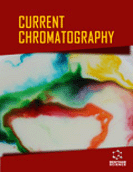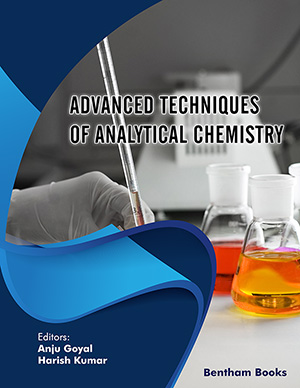Abstract
Background: In the criminal expertise exams routine, documents with aged appearance are quite common. A frequent type of fraud is the use of tea or coffee to produce yellowish color on paper, making the paper look older. One way to identify this kind of fraud is caffeine detection on paper.
Objectives: This paper introduces a case study from Brasilian Federal Police that involved office receipts with aged appearance, in which it was detected the presence of caffeine, using Gas Chromatography/ Mass Spectrometry in SIM mode. The criminal experts suspected, embased by other evidences, that those documents were not as old as they looked like. Based on those findings, a subsequent study tried to optimize the conditions for extraction and detection of caffeine in documents whose aging has been simulated with the use of caffeinated beverages.
Methods: To achieve this, we used a factorial design 2k fractionated ½, with five factors at two levels, with one repetition and Gas Chromatography/Mass Spectrometry in SIM mode to detect de presence of caffeine.
Results: The conditions that resulted in the best concentration of caffeine extracted from the paper were recycled paper, paper with high grammage, 15 minutes extraction in ultrasonic bath, using black tea and immersing the paper in the caffeinated solution.
Conclusions: this method proved to be feasible to detect caffeine in artificially aged documents with the use of coffee or tea.
Keywords: Artificial aging, caffeine, fractional factorial design, forensic science, document forgery, Gas Chromatography, Mass spectrometry.
 16
16 7
7 1
1 1
1

















